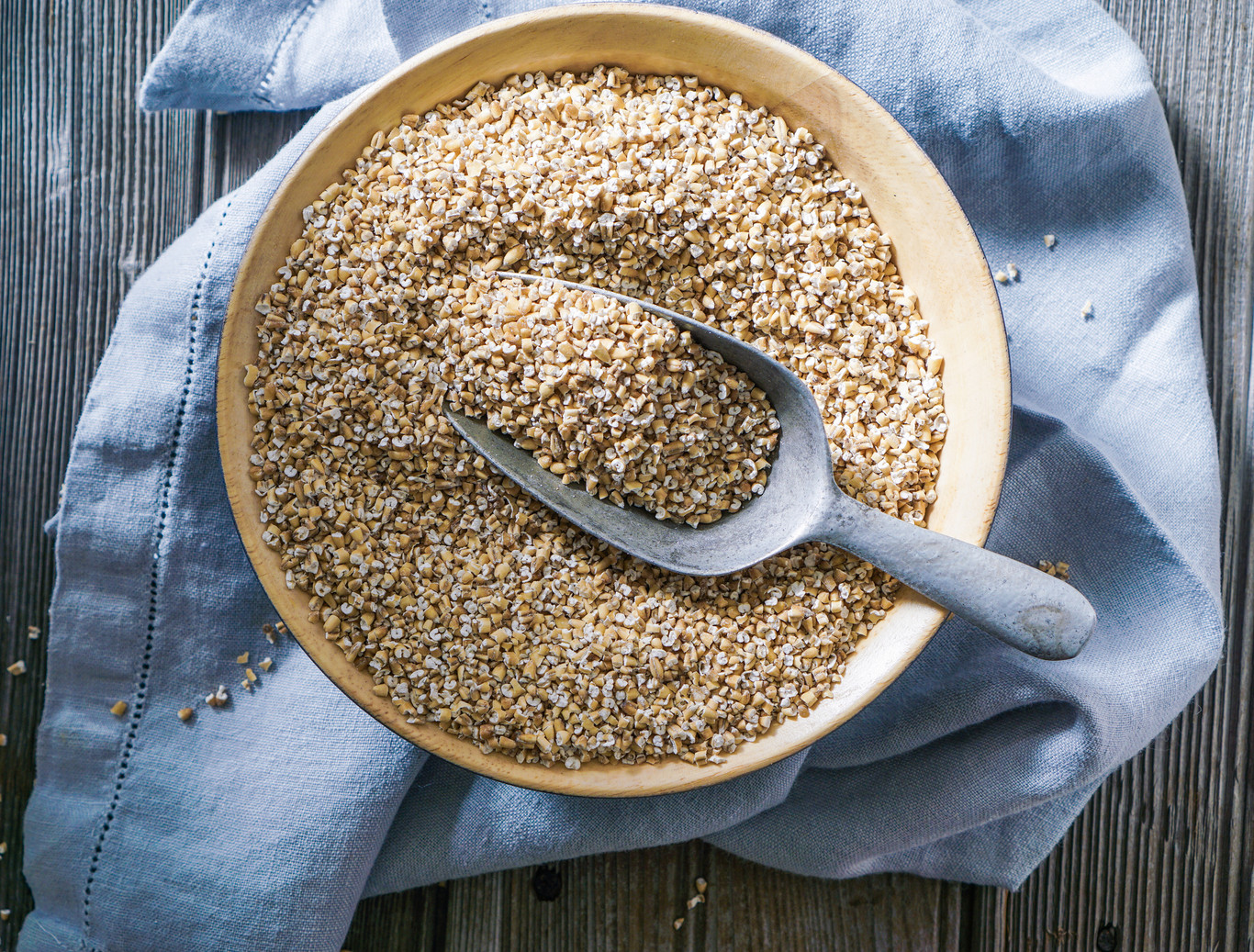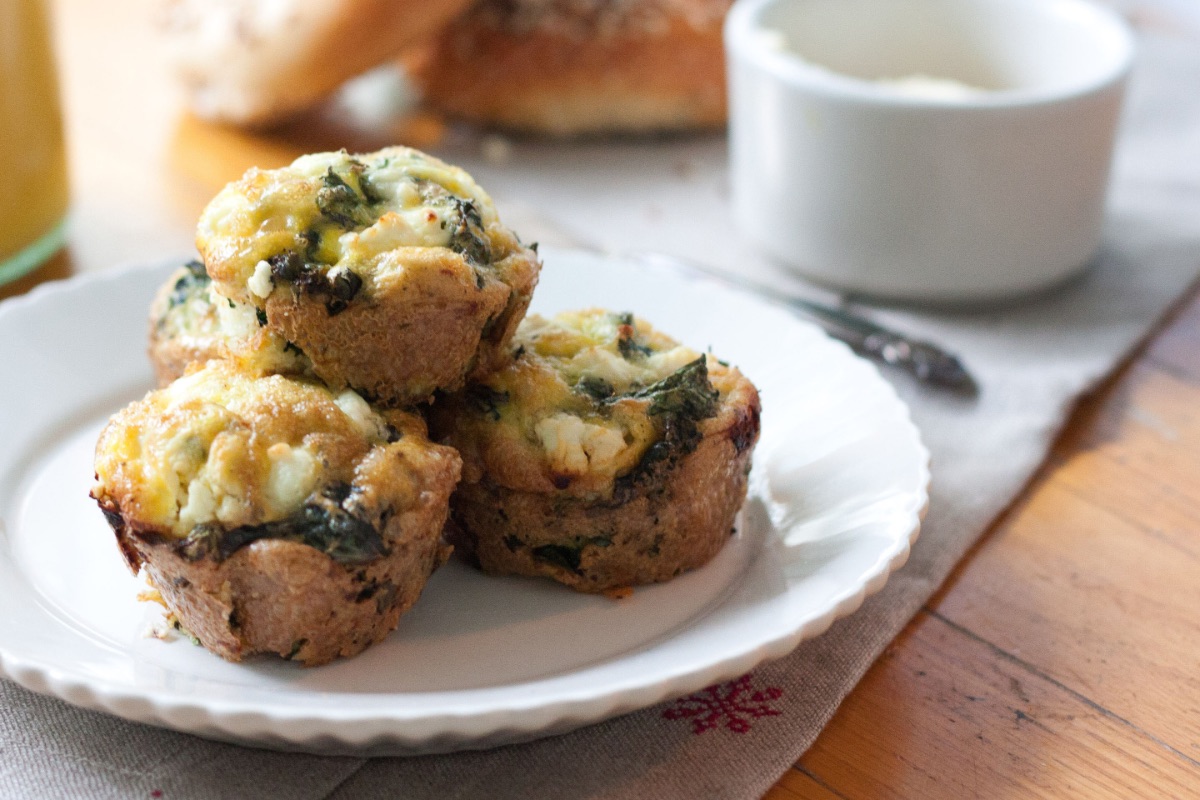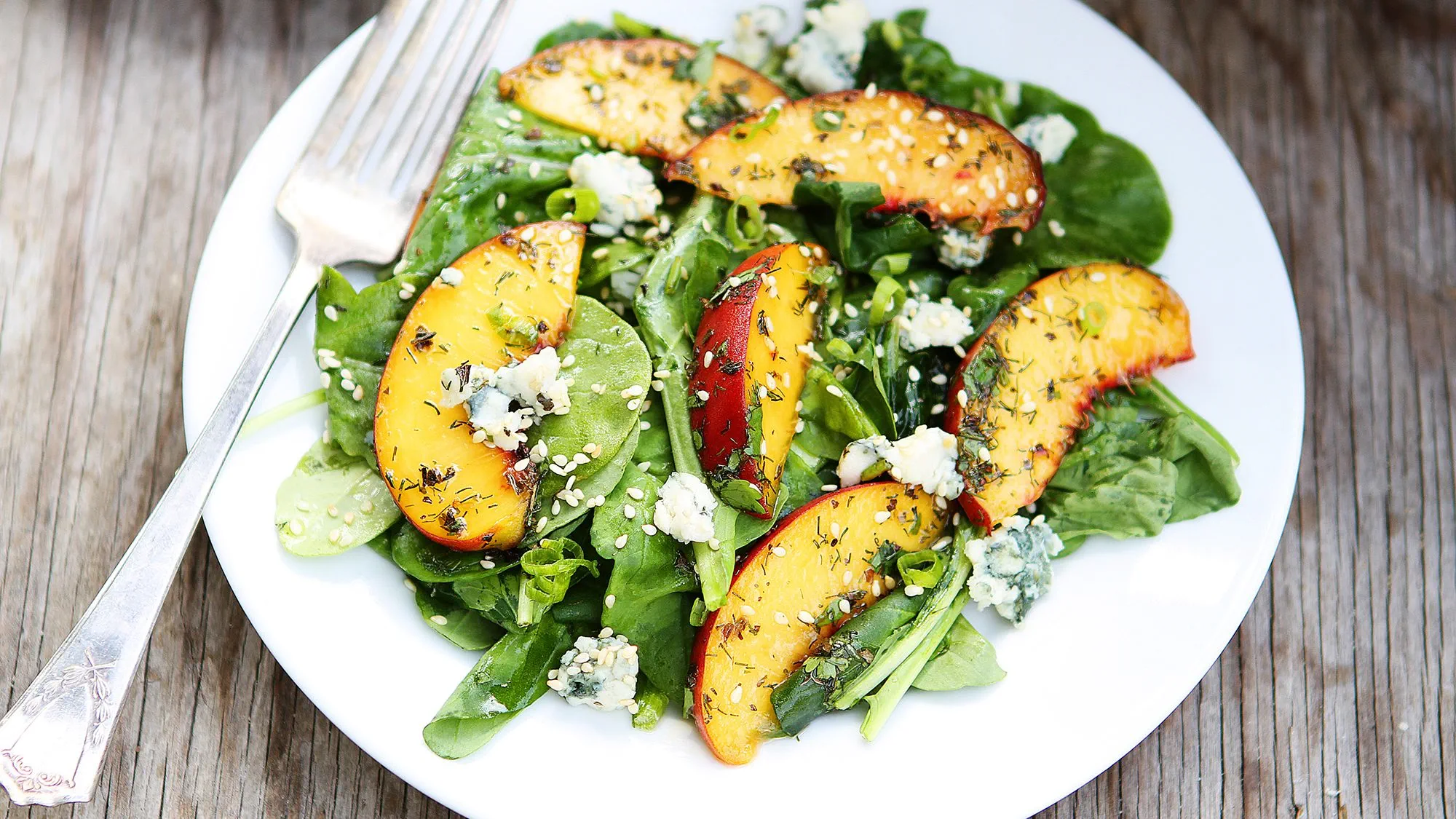There’s no simpler, healthier breakfast than a big bowl of oatmeal, right? Well, depending on the type of oats you’re making and the way they’re processed, it might not be as healthy (or as quick-cooking) as you think. Here’s the lowdown on the difference between steel-cut, rolled and instant oats. (Hint: It’s all about oat groats.)

anakopa/Getty Images
Steel-Cut Oats
These hearty little guys are the least processed of the bunch. That’s because the oat groats (aka whole, hulled oat kernels) are coarsely chopped with a steel blade, and that’s basically it. When they’re cooked, they’re chewier and have more texture than other oats—but they also take a lot longer to cook. (Think half an hour or more.) They’re sometimes known as Irish oats, and they contain the most fiber, vitamins and overall nutrition.
Rolled Oats
They’re sometimes called “old-fashioned” oats, and they’re first steamed, then flattened to make them softer and easier to cook. Rolled oats take about five minutes to make on a stovetop (so, way faster than steel-cut oats), and they’re also commonly used to make cookies and granola bars. If you’re into smoother, creamier oatmeal, these are the oats for you.
Instant Oats
Sold loose in a canister or separated into individual packets, instant oats are the most processed of the bunch. They’re cooked ahead of time, then dried and pressed even thinner than rolled oats. Pour in some boiling water and they’re ready to go in about a minute—but the convenience comes at a price. Instant oats tend to be mushy, and it’s tough to strike a balance between gummy (too little water) and soupy (too much water). These are fine in a pinch, but it’s way healthier and tastier to go the steel-cut route.
This article was from PureWow and was legally licensed through the NewsCred publisher network. Please direct all licensing questions to legal@newscred.com.







